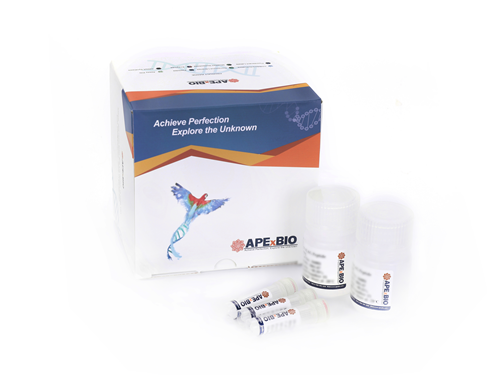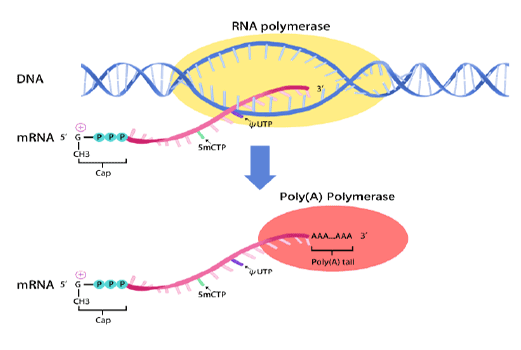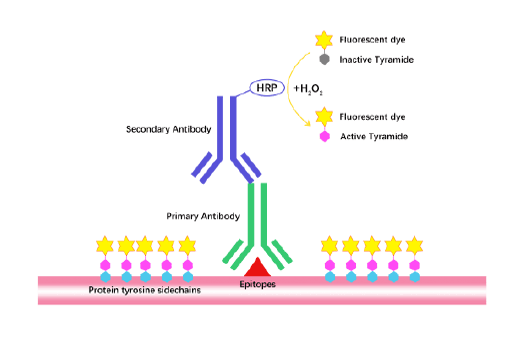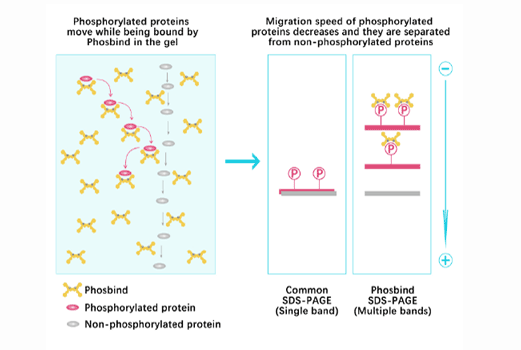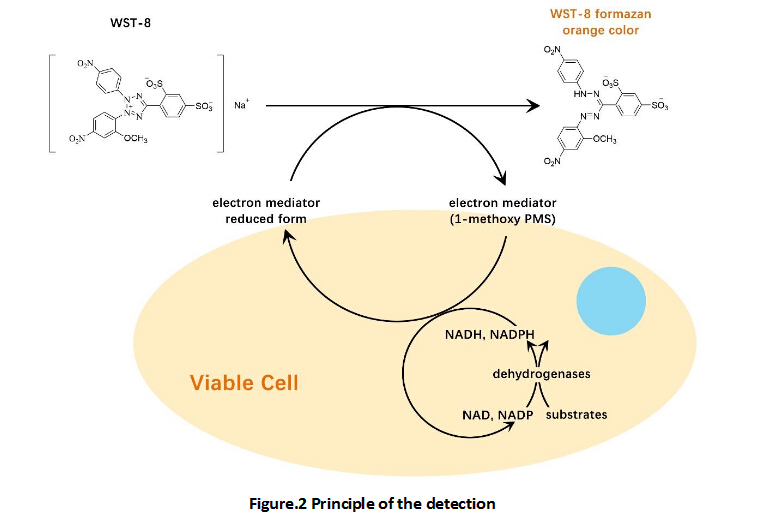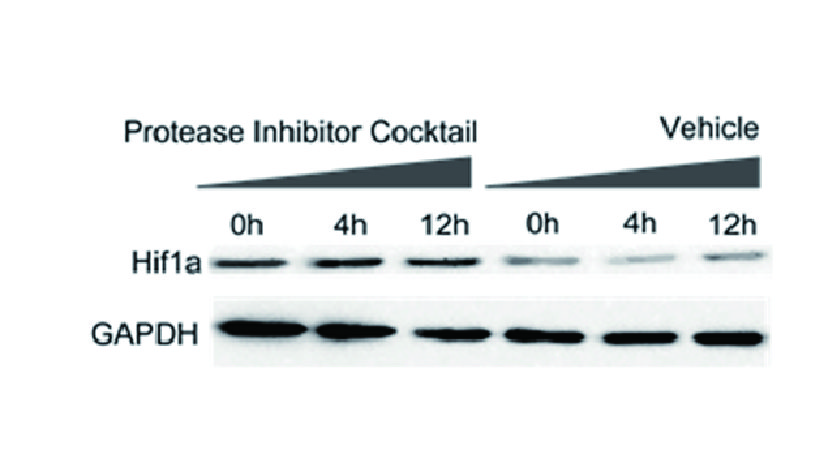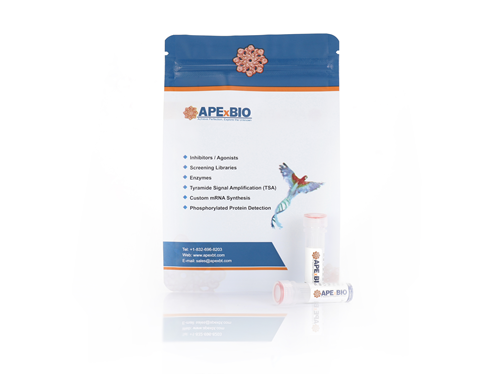Direct Mouse Genotyping Kit
The Direct Mouse Genotyping Kit is designed for rapid and convenient genomic DNA isolation and PCR amplification directly from mouse tissue samples. Typically used in mouse genetic screening and routine genotyping workflows, this kit employs optimized lysis and balancing buffer systems to release genomic DNA directly from tissue without conventional DNA purification steps. The provided lysate can be applied immediately as a PCR template, streamlining the overall experimental procedure. Moreover, the included ready-to-use 2X PCR Master Mix with dye facilitates PCR assay setup and ensures accurate amplification performance, making the kit suitable for high-throughput genetic analyses and routine applications in biomedical research labs.
- 1. Zhuo Li, Hongzhi Chen, Hao Feng. "The cochlea phenotypically differs from the vestibule in the Gfi1 GFP/GFP mouse." Dev Dyn . 2025 Jan 22. PMID: 39840694
- 2. Han-Ying Huang, Yan-Zhou Chen, et al. "Availability of an inflammatory macrophage niche drives phenotypic and functional alterations in Kupffer cells." Nat Commun. 2024 Oct 29;15(1):9337 PMID: 39472435
- 3. Jay Pundavela, Samantha Anne Dinglasan, et al. "Stimulator of interferon gene facilitates recruitment of effector CD8 T cells that drive neurofibromatosis type 1 nerve tumor initiation and maintenance." Sci Adv. 2024 Oct 18;10(42):eado6342 PMID: 39413183
- 4. Amit Sharma, Linda M. Heffernan, et al. "Activation of the endoplasmic reticulum stress regulator IRE1α compromises pulmonary host defenses." bioRxiv. September 30, 2024
- 5. Yajie Cai, Shuo Li, et al. "Intestinal epithelial damage-derived mtDNA activates STING-IL12 axis in dendritic cells to promote colitis." Theranostics. 2024 Jul 16;14(11):4393-4410 PMID: 39113810
- 6. Han Zou, Bradley Poore, et al. "A neurodevelopmental epigenetic programme mediated by SMARCD3–DAB1–Reelin signalling is hijacked to promote medulloblastoma metastasis." Nat Cell Biol. 2023 Mar;25(3):493-507 PMID: 36849558
- 7. Xiao-Lie He, Li Yang, et al. "Solid lipid nanoparticles loading with curcumin and dexanabinol to treat major depressive disorder." Neural Regen Res. 2021 Mar;16(3):537-542 PMID: 32985484
- 8. Xiaolie He, Li Yang, et al. "Indispensable CBR1 in Major Depressive Disorder Therapy by Functionalized Solid Lipid Nanoparticles." Preprints. 3 July 2019
Related Biological Data
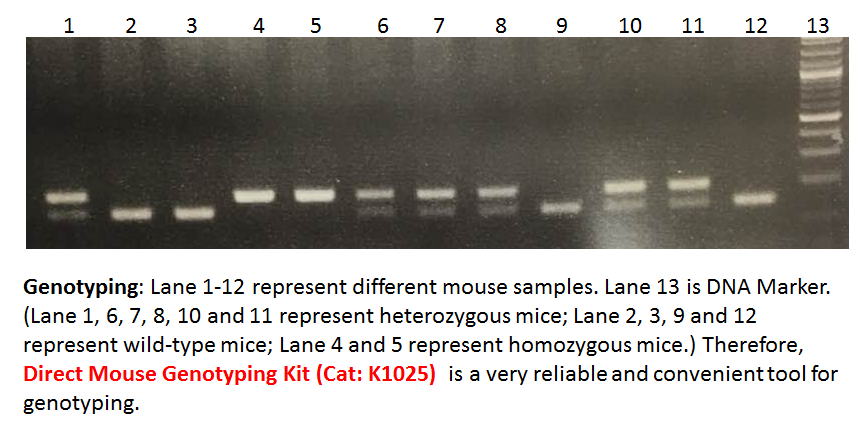
Related Biological Data
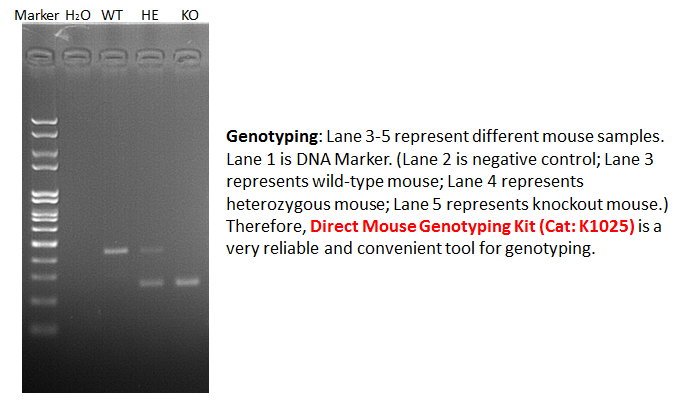
| Complete Kit | 200 rxns | 500 rxns |
| Lysis buffer | 20 mL | 50 mL |
| Balance buffer | 20 mL | 50 mL |
| 2X PCR Master Mix (With Dye) | 1 mL x 2 | 1 mL x 5 |
| Proteinase K | 200 μL | 500 μL |
1. Lysis buffer and Balance buffer should be stored at 4°C. 2. 2X PCR Master Mix could be stored at -20°C for 2 years. 3. The Protease K solution should be stored at -20°C and could be stored at 4°C for a short time. Avoid repeated freeze/thaw cycles. Upon first use, it is recommended to aliquot sample into single use portions. | ||



